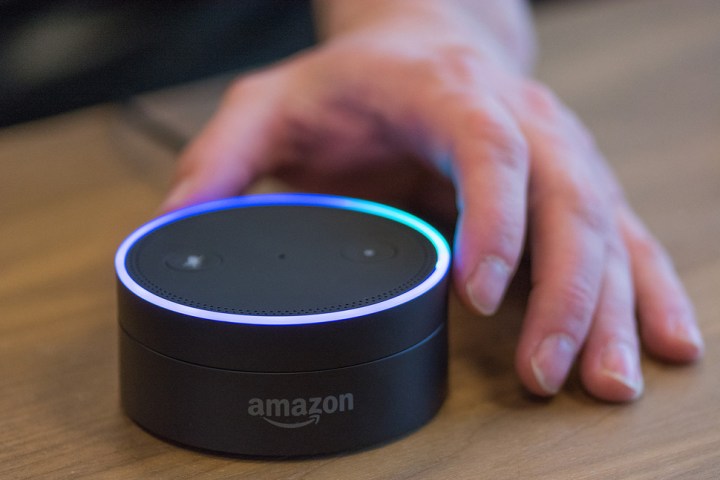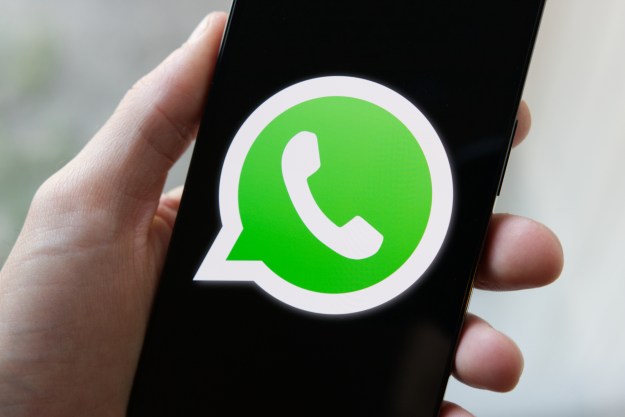
Before now, Alexa could help you send text-based messages to people’s smartphones if you have the Amazon Alexa app and an Echo device, but it needed the recipient to also have the same setup.
The new SMS feature is definitely an improvement, but there are still a couple of limitations you’ll need to know about. First, it only works from Android phones, and second, at the current time it’s only available to folks inside the United States. Amazon hasn’t said if it plans to roll it out internationally.
If this is still you, then you can ask Alexa to send an SMS to any of your phone’s contacts. To enable it, open your
When you ask Alexa and your Echo device to “send a text message” or “send an SMS,” Amazon’s digital assistant will ask you to name the recipient and then dig out their details from your contacts. If the person isn’t in your contacts, you can simply say the number to which you want to send the message.
A neat touch is that while each message that lands on the recipient’s phone appears in text form, they’ll also have a link you can tap on so they can hear it as well.
Alexa messaging continues to function in the usual way, but if you ask
Android smartphone users should find the new feature working now on all Alexa devices that support
The new functionality is the latest move by Amazon to get you cozying up to Alexa and the Echo devices that it powers, before you have a chance to take notice of similar alternatives.
If you’d like to learn more about how to get the most out the Alexa app on your Android phone, take a moment to check out DT’s informative article on the subject.
Editors' Recommendations
- What to do if your Amazon Alexa app is not working
- How to save text messages on iPhone and Android
- WhatsApp now lets you send self-destructing voice messages
- Sunbird — the sketchy iMessage for Android app — just shut down
- One of our favorite Android phones just got its own iMessage app


